These Locations Are Off-Limits From Visitors But You Can Get Pretty Close To Them
Many countries and places rely on tourism as part of their economy. And they are happy to promote their most desirable locations. There are some areas, though, that people aren’t allowed to visit at all. Here are some of those forbidden places and the reasoning behind the restrictions they imposed upon potential visitors.
In some cases, you can get very close to each area’s main attraction(s) and in other cases, their true state has been completely shut off from most of the world.
The Grand Shrine of Ise
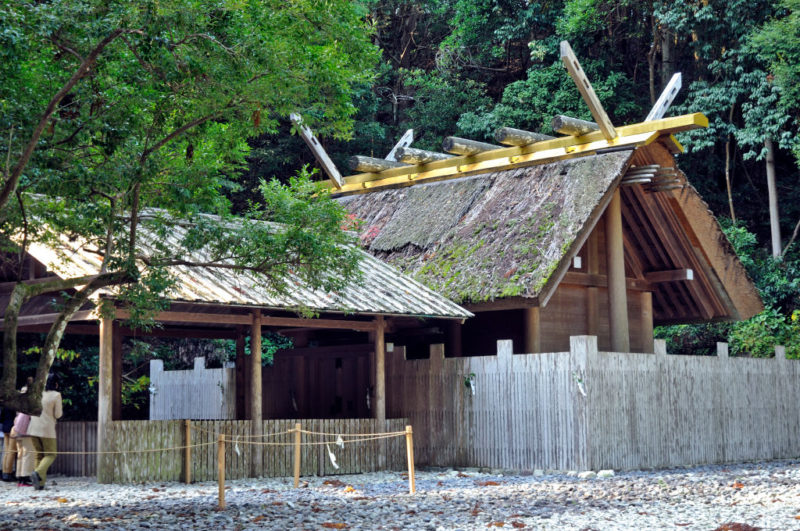
The Grand Shrine of Ise was first established all the way back in 4 BC. The shrine is meant to honor Amaterasu, one of Shinto’s most renowned Deities. Over the last 2,000 years, there have been many updates to the shrine which is located in the Mie Prefecture in Japan. It is now rebuilt every 20 years to celebrate death and rebirth.
While visitors are welcome to come and see the forest that surrounds the shrine, they will not visit the inside. Tourists and pilgrims can only view the roofs of the building as the shrine is enclosed by 4 tall fences.
North Brother Island
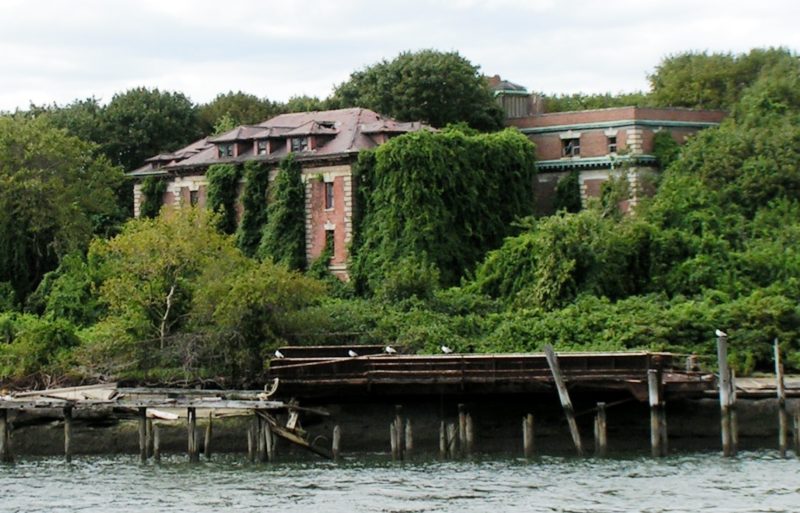
North Brother Island, located in New York City, was uninhabited until 1885 when Riverside Hospital was moved there. The hospital was primarily used to isolate patients with infectious diseases. The most famous of those patients was Mary Mallon, who was also known as Typhoid Mary.
Over time, thanks to medical advances, there was less reason to isolate patients. The island was used to house soldiers during World War II and to treat young drug addicts in the 1950s. The hospital has been out of use since the 1960s and North Brother Island is now a bird sanctuary with no public access.
Niʻihau Island
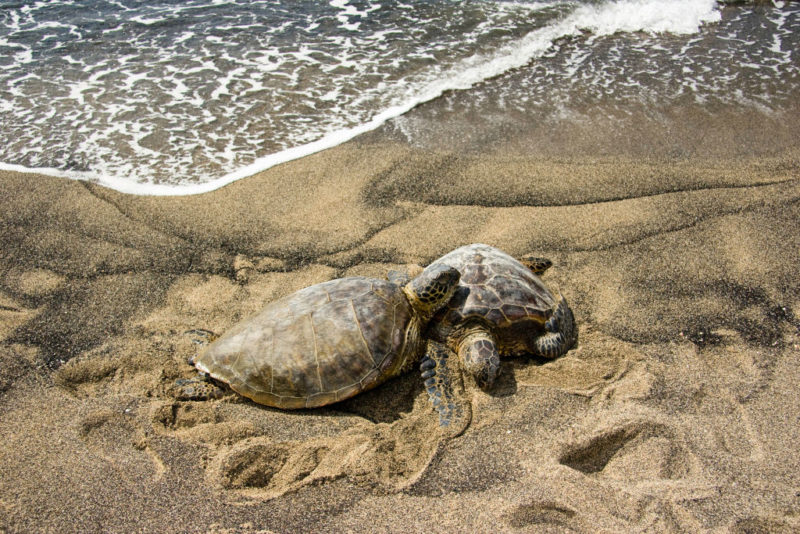
The island of Ni’ihau, located in Hawaii, is actually owned by the Robinson family. They initially purchased the island from the Kingdom of Hawaii in 1864 for $10,000. The island has been passed down through the family line since then.
While people may have heard of the island due to World War II’s Ni’ihau Incident, they are not able to visit. In 1915, Aubrey Robinson closed the location to almost all visitors. Even members of the Robinson family need to get special permission. The current owner, Keith Robinson, is an environmentalist who takes special note to make sure the flora and fauna of the island thrive.
Ilha da Queimada Grande (Snake Island), Brazil
It is unclear why anyone would actually want to visit Snake Island in Brazil. One of the world’s most terrifying places, the island is home to thousands of golden lancehead pit vipers. The snakes were stranded on the island during the last ice age. They took over the area, making it near uninhabitable.
There are people who do visit Ilha da Queimada Grande, though, scientists and researchers. While the venom of the lancehead is incredibly poisonous, it can also be used in medication. In fact, according to a 2019 60 Minutes episode, the venom has been used to create a life-saving blood pressure medication.
North Sentinel Island, India
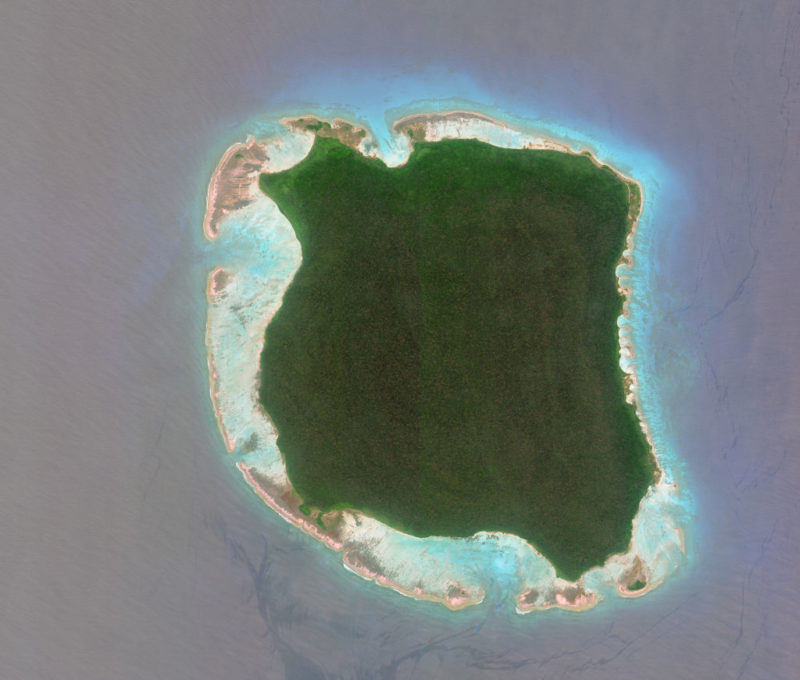
The Sentinelese people have lived on North Sentinal Island for tens of thousands of years. The first contact was made with the indigenous people in 1867 when a merchant’s vessel crashed into the island. They were soon attacked by the natives.
The Sentinelese have frequently attacked anyone who has attempted to visit the island and desire to be left alone. In 1956, the Indian Government granted their wish and made it illegal to travel within 3 nautical miles of it. Photography of the island is also prohibited.
Bohemian Grove, California
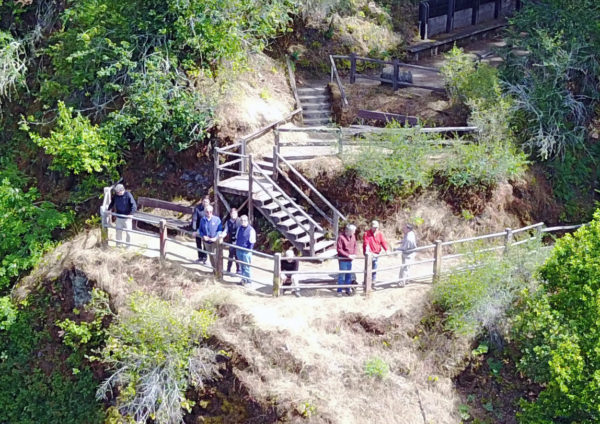
Bohemian Grove is a massive 2,700-acre campground located in Monte Rio, California. And in order to stay in one of the sleeping quarters there, you need to be incredibly important or incredibly rich.
In order to become a member of the Bohemian Club, one must be a male and also rich and powerful. The members enjoy multiple events over the course of the year. Members can also book time at the camp throughout the year and invite their friends and family.
Svalbard Global Seed Vault
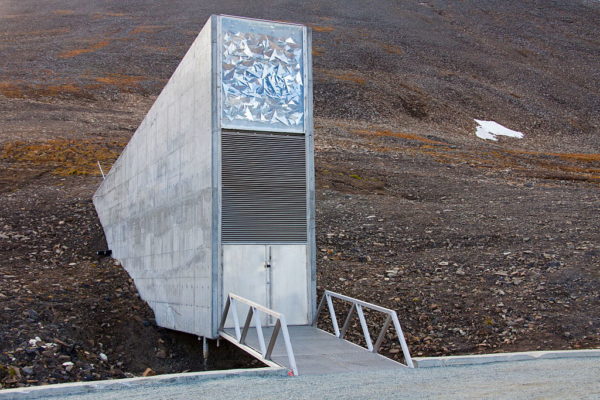
There are a number of different reasons that the world’s seed supply could be diminished. These include war, natural disasters, and disease. If something is to happen, however, scientists in Norway have a plan. On the island of Spitsbergen, there is a giant vault that contains samples of all the world’s seeds.
The location was specifically chosen, there are no tectonic plates and the island is more than 400 feet above sea level. In addition, there is strict security. Obviously, visitors are not welcome there and very few people actually have access to the building.
If we ever do experience a disaster on a grand scale, this location could help turn our planet green once again.
Diego Garcia
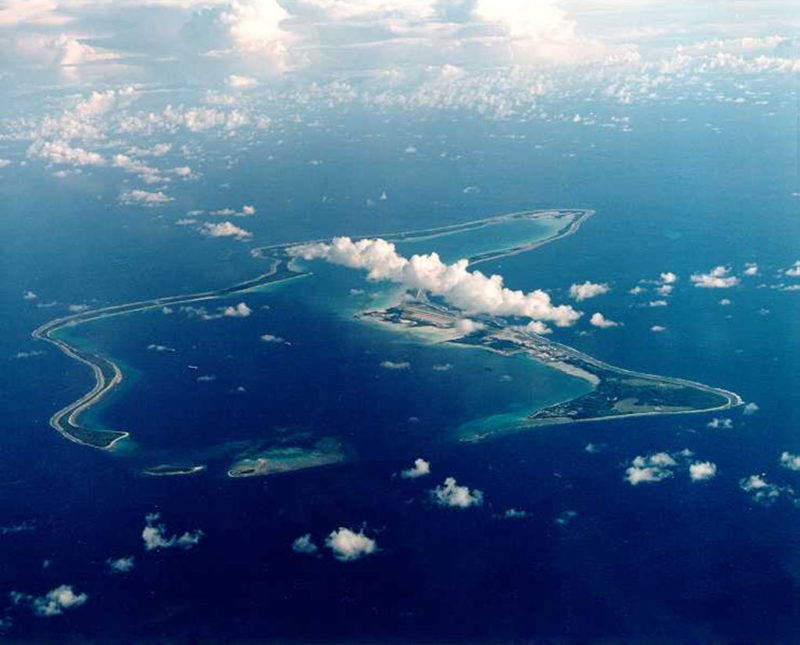
Diego Garcia, was at one time, a thriving island nation. In 1964, only 3 of the 964 residents were unemployed. The main focus of commerce was coconut plantations.
Beginning in 1968, the British Government began to forcibly expel people from the island. Many were sent to live in Mauritius or Seychelles. By 1973, the forceful evacuations were completed and the United States built a military base on the island. That base is still active and obviously, visitors are not welcome there.





